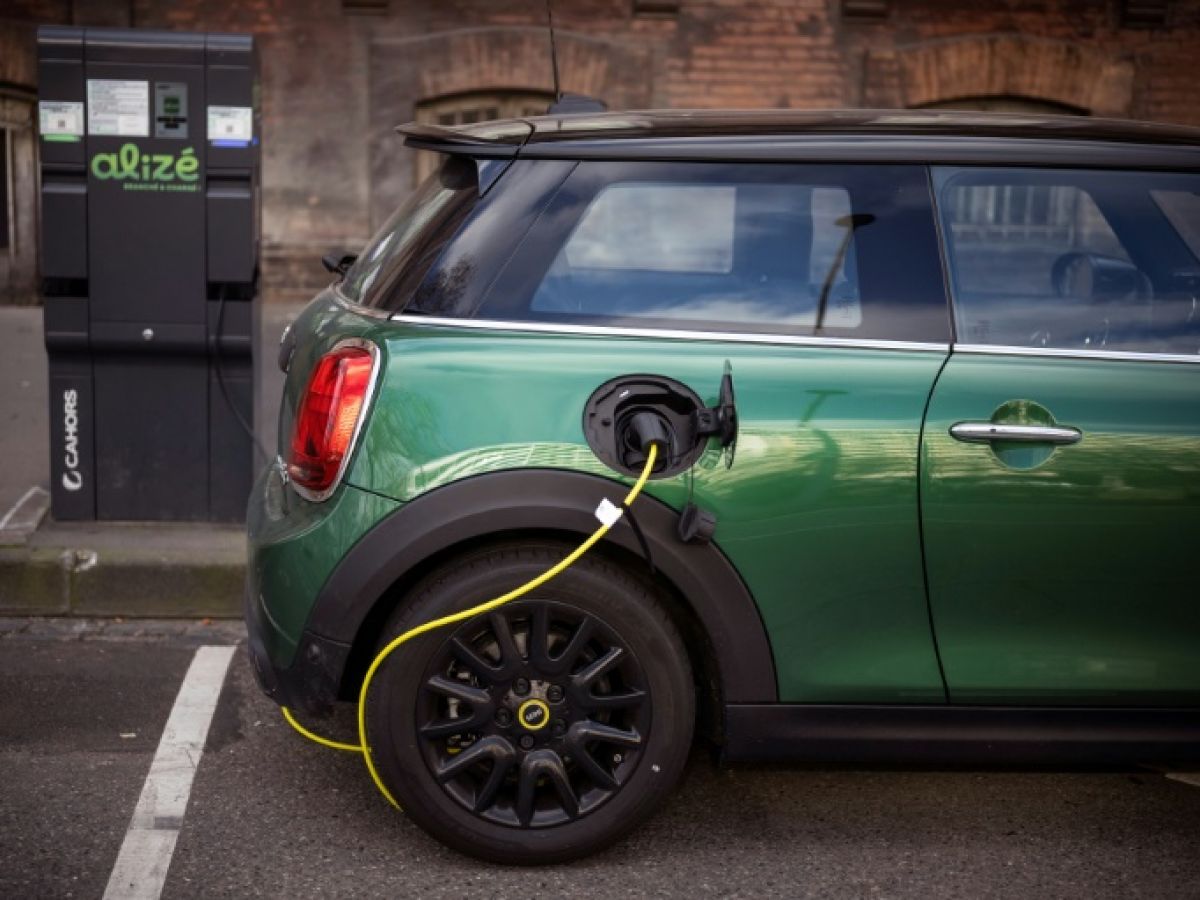According to a report by the European Court of Auditors the European Union’s target of zero greenhouse gas emissions for new cars from 2035 will be difficult to achieve because three necessary conditions are not met.
“Most of the current thermal cars still emit the same amount of CO2 12 years ago”
The first hurdle: reducing CO emissions2 cars with a heat engine (gasoline and diesel). The EU’s independent financial watchdog points out that emissions from new cars only started to fall in 2020, “i.e. 11 years after the entry into force of the first regulation in this area”.
“Despite great ambitions and strict requirements, most current diesel cars still emit the same amount of CO2 12 years ago” points out Nikolaos Milionis, one of the authors.
The development of alternative fuels (biofuels, synthetic fuels, hydrogen) represents the second axis determined by the Court of Auditors. But the authors “highlighted the absence of a precise and stable plan to solve the industry’s long-term problems: the amount of fuel available, costs and environmental friendliness” they explain.
The third way is the development of electric cars. But the EU must improve “in a significant way” its competitiveness, especially for battery production.
“European battery industry lags behind”despite “significant public aid”, note the authors: “less than 10% of global production capacity” based in Europe and China “alone holds 76% of global capacity”.
PUSH “extreme addiction” from Europe
“We want to draw attention to the low production capacities and the risks associated with the import of batteries”emphasized Afonso De Castro Malheiro, one of the authors, on Monday when presenting the report to the press.
The document states “extreme addiction” from Europe “importing resources from third countries with which it does not have satisfactory trade agreements” or present “geopolitical risks for Europe’s strategic autonomy”, “Not to mention the social and environmental conditions in which these raw materials are mined.”
So Europe “imports 87% of its crude lithium from Australia, 80% of its manganese from South Africa and Gabon, 68% of its cobalt from the Democratic Republic of Congo and 40% of its graphite from China”.




